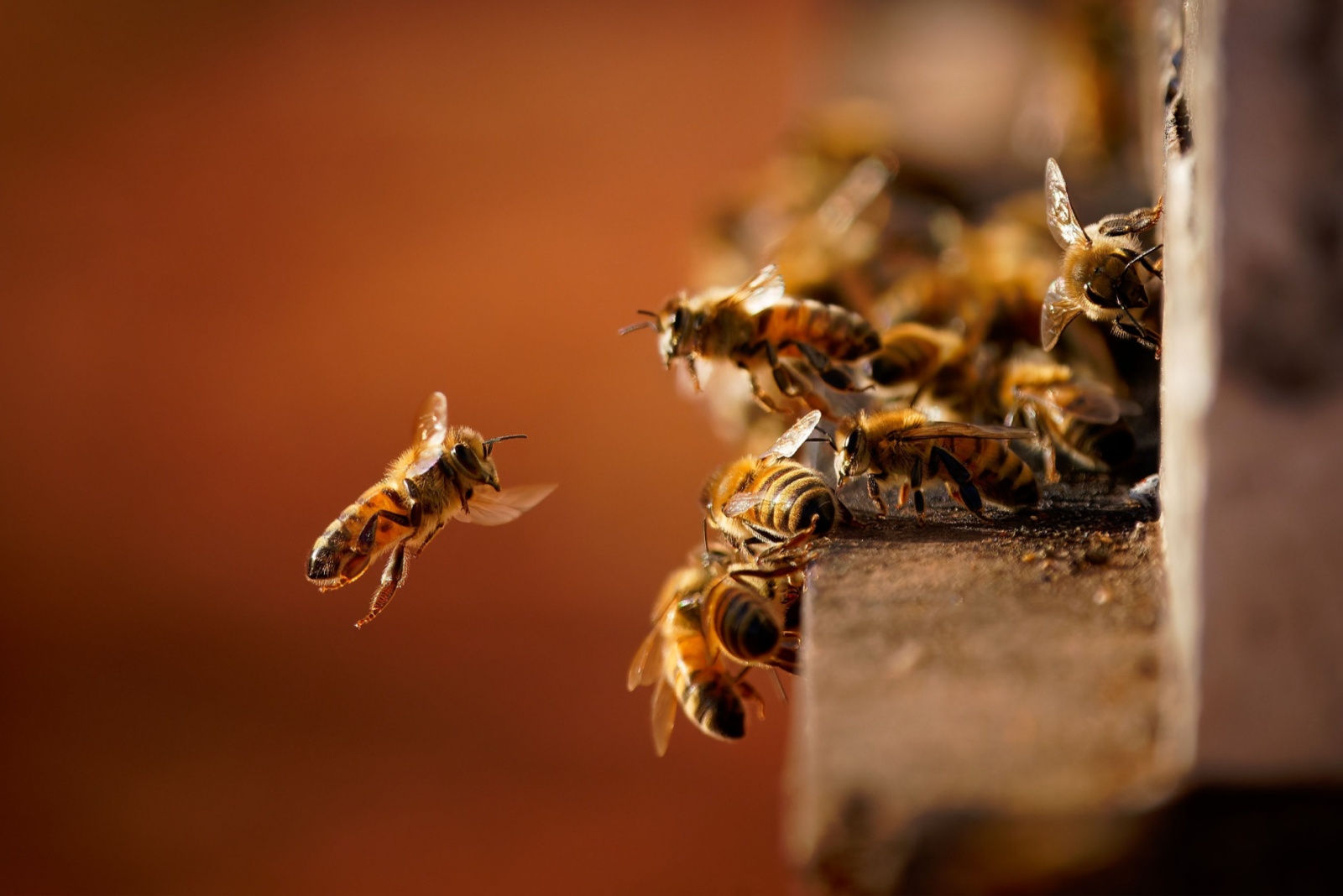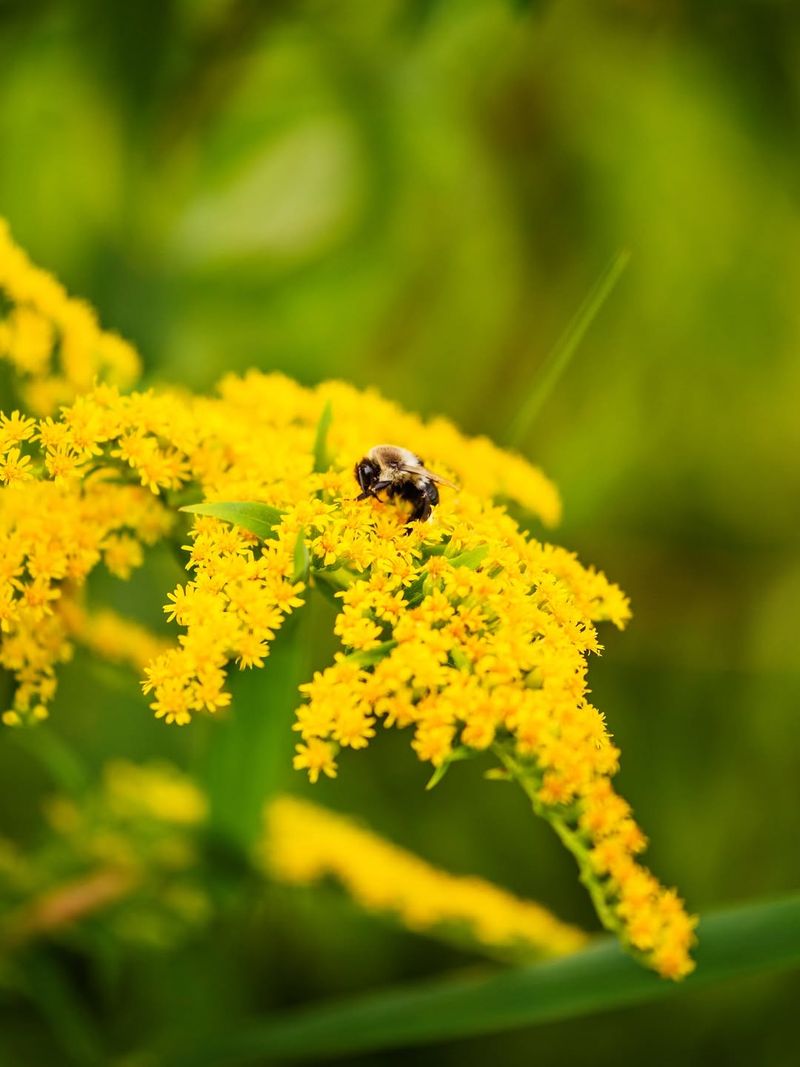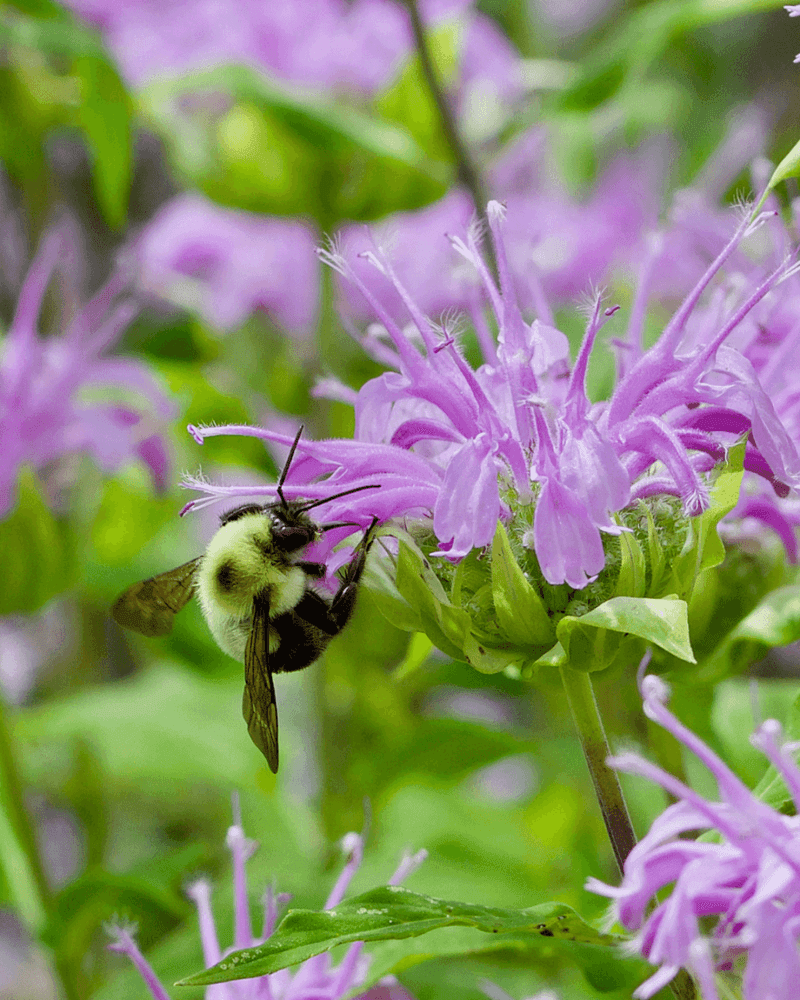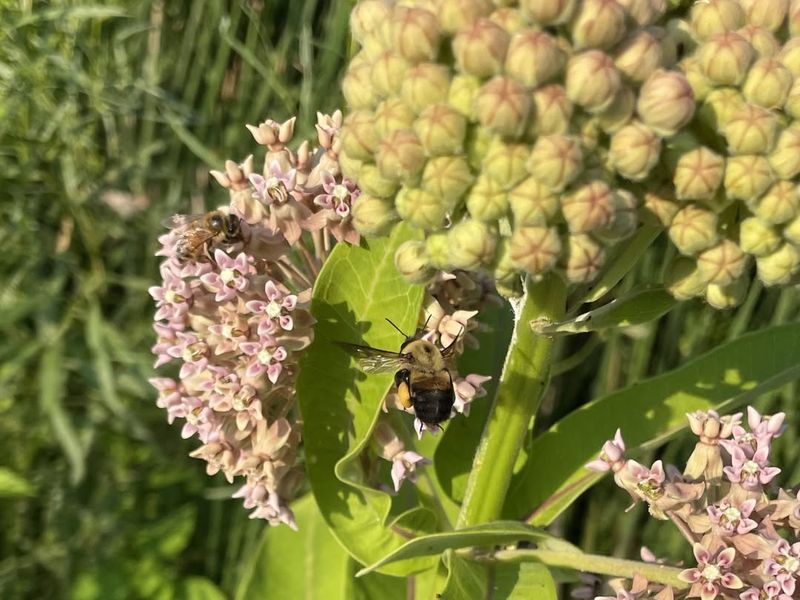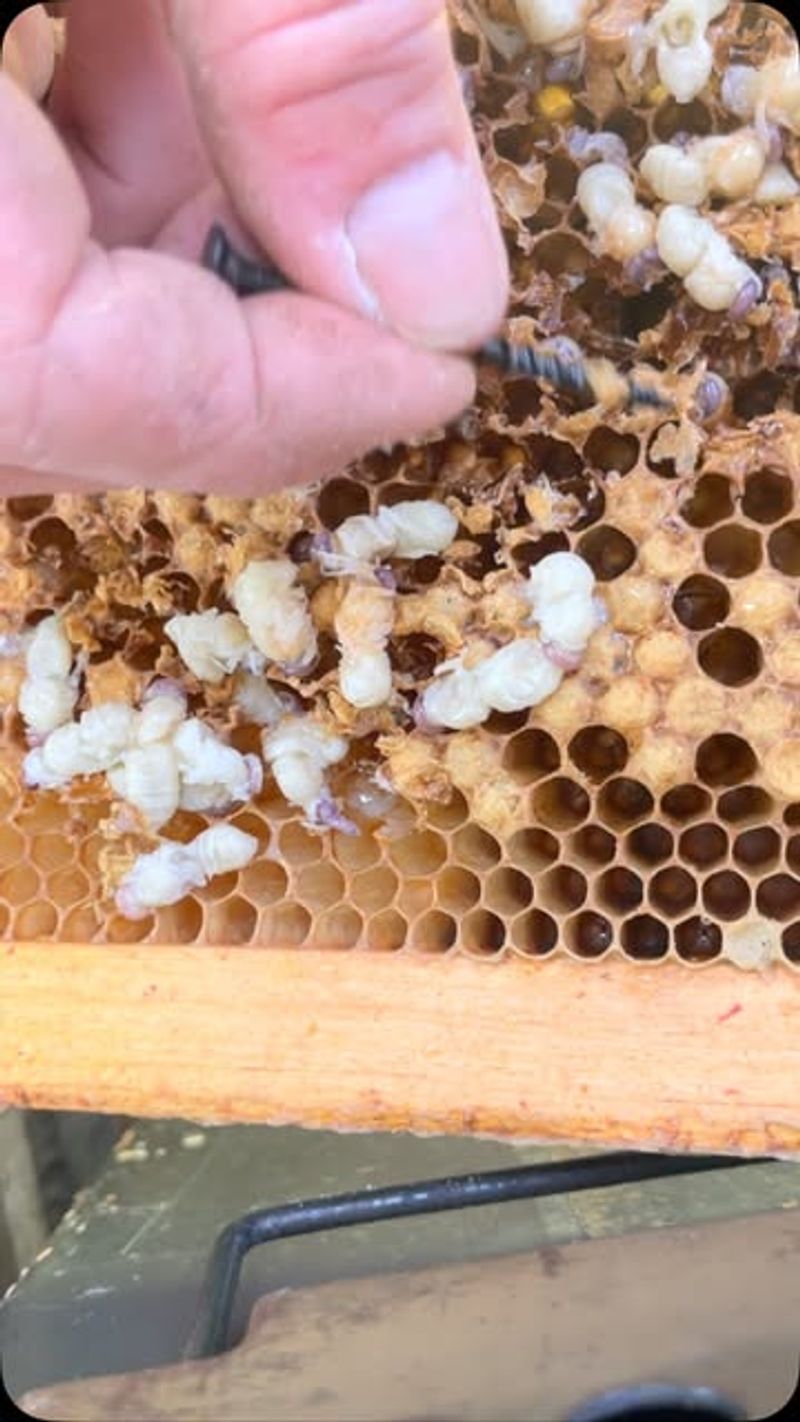Bees have been buzzing through Massachusetts gardens for generations, helping flowers bloom and veggies thrive. Their quiet work keeps our landscapes vibrant and productive. But lately, gardeners across the state are noticing fewer of these tiny visitors.
The drop in bee activity is raising questions—and concern—about what’s really going on. I’ve found that understanding why bees are vanishing is the first step toward protecting them. It’s also key to keeping our gardens healthy and full of life for seasons to come.
1. Pesticides And Chemical Sprays
Many homeowners spray chemicals on their lawns and gardens without realizing the harm these substances cause to bees. Neonicotinoids, a common type of pesticide, can confuse bees and make them forget how to find their way back to the hive.
Even products labeled as safe for plants might contain ingredients that weaken bee immune systems. When bees collect pollen from treated flowers, they bring these harmful chemicals back to their colonies, affecting the entire hive over time.
2. Loss Of Native Wildflowers
Massachusetts gardens used to be filled with native wildflowers like goldenrod, asters, and milkweed that bees absolutely love. Modern landscaping trends favor grass lawns and non-native ornamental plants that offer little to no food for hungry pollinators.
Without diverse native plants blooming throughout spring, summer, and fall, bees struggle to find enough nectar and pollen. Creating spaces with native Massachusetts wildflowers gives local bee populations the nutrition they desperately need to survive and thrive in your neighborhood.
3. Climate Change Disruptions
Warmer winters and unpredictable spring temperatures are throwing off the natural timing between when flowers bloom and when bees emerge from hibernation. Some Massachusetts bees are waking up too early, only to find no flowers available for food yet.
Extreme weather events like sudden frosts, heavy rains, and heat waves also make it harder for bees to forage safely. These climate shifts create mismatches in nature’s calendar, leaving bees without reliable food sources during critical times of their life cycle.
4. Habitat Fragmentation
As Massachusetts continues to develop new housing and commercial areas, natural bee habitats get broken into smaller, isolated patches. Bees need large, connected areas where they can find diverse food sources and safe nesting spots throughout the season.
When gardens become surrounded by pavement, buildings, and manicured lawns, bees must travel farther distances to find adequate nutrition. This extra effort drains their energy reserves and makes colonies weaker, especially when combined with other environmental stresses facing these vital pollinators today.
5. Invasive Pests And Diseases
Varroa mites, tiny parasites that attach to bees and weaken them, have become a serious problem across Massachusetts hives. These invasive pests spread viruses and drain nutrients from bees, making entire colonies vulnerable to collapse.
Other diseases like Nosema, a fungal infection, also plague bee populations throughout the state. Wild bees and managed honeybees can spread these illnesses to each other when they visit the same flowers, creating a cycle that’s difficult to break without careful management and monitoring.
6. Lack Of Nesting Sites
Did you know that most bee species actually nest in the ground or in hollow plant stems rather than hives? Massachusetts gardeners who keep their yards too tidy by removing wood, clearing leaf litter, and filling bare soil patches accidentally eliminate crucial nesting spots.
Ground-nesting bees need undisturbed patches of bare or lightly vegetated soil to dig their tunnels. Leaving some messy areas with plant debris, branches, and unmulched soil provides essential real estate where native bees can safely raise their young each season.
7. Reduced Genetic Diversity
When bee populations shrink, their genetic diversity decreases too, making them less able to adapt to new challenges like diseases or environmental changes. Massachusetts once had thriving populations of many different bee species, each with unique traits that helped them survive various conditions.
Commercial beekeeping sometimes focuses on just a few bee varieties, further narrowing the gene pool. Supporting wild native bee populations by planting diverse flowers and avoiding pesticides helps maintain the genetic variety that keeps bee communities resilient and healthy long-term.

